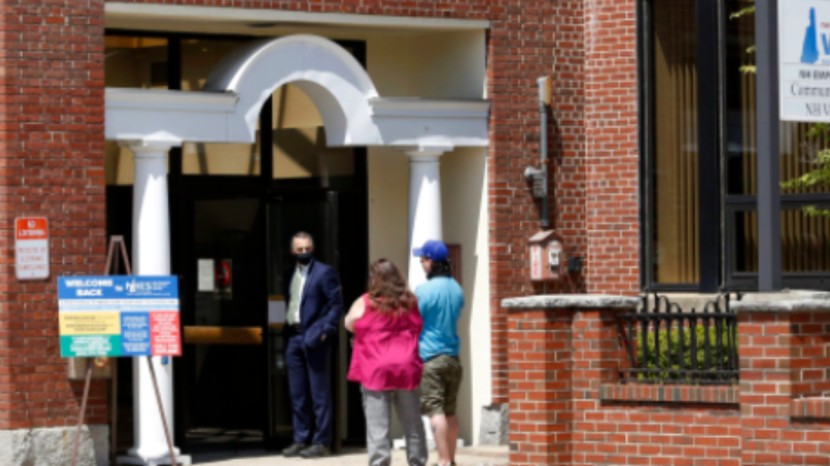
There’s a Huge Problem Getting Aid to the Unemployed
By Marcus Courtney
May 11, 2021
Computer screw-ups, cybercrime, and other problems are keeping people from getting their checks. It needs a national solution and presidential action.
With kids starting to go back to in-person learning and a timeline for everyone to get vaccinated announced, it appears we’re edging toward pre-pandemic life. Not so much for the tens of millions of Americas who were laid off due to the pandemic and are, incredibly, still waiting for their first unemployment checks to arrive.
It is helpful to understand the specifics that underpin this problem. Sophisticated cyber-crime rings and antiquated computer systems have combined to disrupt aid to workers.
We have a plan for that: A presidential executive order that would coordinate an interagency effort among the Department of Labor, the Office of Management and Budget, and the U.S. Digital Service, deploying skills and money to states to ensure the unemployed get their money quickly and safely.
The cyber fraud problem in the unemployment insurance system is real. Syndicated cyber thieves have looted more than $60 billion according to a Department of Labor Inspector General report issued in February. There’s a conservative narrative that workers lay in a hammock and lie about not finding work to collect benefits. That’s not true and that’s not what’s happening here.
Sophisticated cyber-crime rings are doing a virtual hold up on the UI bank. Workers have seen their bank accounts frozen. In response, state labor agencies imposed extra fraud prevention requirements on applicants. These requirements make it difficult for workers to prove their identity, leading to aid becoming ever more backlogged.
While there is no official statistic on how many workers qualify for benefits and are not receiving aid, an estimate can be calculated using data from the Century Foundation and research by University of Illinois Professor Eliza Forsythe: between June 2020 to March 2021, 1.2 million workers fit this category every month. This could mean more than $17 billion in aid has not been pushed out the door to help workers and the economy recover. With the Covid-19 recession disproportionately impacting minority communities, the delays further put them on an economic precipice.
Though the Biden administration inherited this mess from President Trump, its American Rescue Plan allocated $2 billion for technical upgrades to the unemployment insurance system. This White House and Democratic majorities in Congress should be applauded. But more needs to be done.
House Speaker Nancy Pelosi, Democratic Senator Diane Feinstein, and Democratic Senator Alex Padilla, all from California, have called for a federal task force led by the Department of Labor to work with states to stop the fraud.
Democratic Senator Ron Wyden of Oregon has written legislation to reform the unemployment system with resources to upgrade the technical capability of state labor departments.
Other ideas, in addition to the ones above, could include creating a strike force to work with states to resolve backlogged claims, modeled after the one established in California by Governor Newsom that was given 45 days to draft a plan addressing the claims backlog caused by the pandemic. Such a strike force at the federal level would target resources to help states quickly verify claimant identity to accelerate claim processing and establish a unified national application.
The unemployment insurance system is rickety but it still delivered $637 billion in aid to workers, so there is a foundation to build solutions upon. The Day One Project, an organization that is supporting actionable policy ideas for the new administration published our plan calling for presidential action on this issue in October 2020.
No one single agency alone can solve UI cyber-crime, ensure the millions denied unemployment insurance aid every month receive their benefits, and deliver the missing billions in aid. It will require a multi-agency coordinated response—and that can only come from a presidential executive order. A model for the unemployment insurance effort could be based on the executive order Biden signed April 26 that created the “White House Task Force on Worker Organizing and Empowerment,” marshaling federal agencies to build union membership. Let’s hope President Biden recognizes his vision not only requires bold and broad strokes like the American Rescue Plan, but smaller ones too that will make all the difference for unemployed workers continuing to face a pandemic winter this spring.

 All Posts
All Posts

